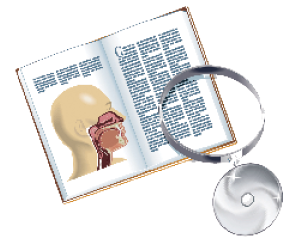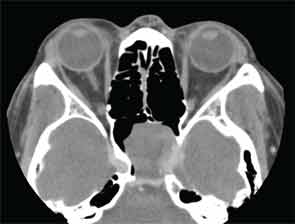How effective is intratympanic steroid injection (ITSI) in treating idiopathic tinnitus?
Prediction Model for Newborn HL
Can risk factors for bilateral hearing loss (HL) be used to predict HL among infants who do not pass the initial newborn hearing screening?

Cochlear Implants Effective in Older Patients with Age-Related Hearing Loss

Sensorineural Hearing Loss Linked to In-Utero Second-Hand Smoke Exposure

Atresiaplasty versus Bone-Anchored Hearing Aid for Congenital Aural Atresia
Atresiaplasty offers best opportunity for hearing improvement in patients with a Jahrsdoerfer score of grade 6 or higher

Management of Acute Otitis Media in Cochlear Implant Recipients: To Tube or Not to Tube?
Evidence and policy statements favor using a myringotomy tube in acute otitis-prone children undergoing cochlear implant

Management of Bilateral Tinnitus and Nasal Tumor
A 53-year-old man with a one-month history of bilateral tinnitus. An MRI detected a sphenoid tumor incidentally, and a contrast-enhanced computed tomography scan revealed a partially enhanced tumor in the left sphenoidal sinus that destroyed part of the skull base.

Can Radiologic Imaging Replace Second-Look Procedures for Cholesteatoma?
Reserve follow-up monitoring by imaging for patients whose cholesteatoma has likely been completely eradicated

Does Concomitant Mastoidectomy Improve Outcomes for Tympanic Membrane Perforation Repair?
Mastoidectomy may not improve otologic outcomes following perforation repair
Otolaryngology Research Increasingly Supports Genetic Screening to Evaluate Pediatric Hearing Loss
- « Previous Page
- 1
- …
- 17
- 18
- 19
- 20
- 21
- …
- 28
- Next Page »